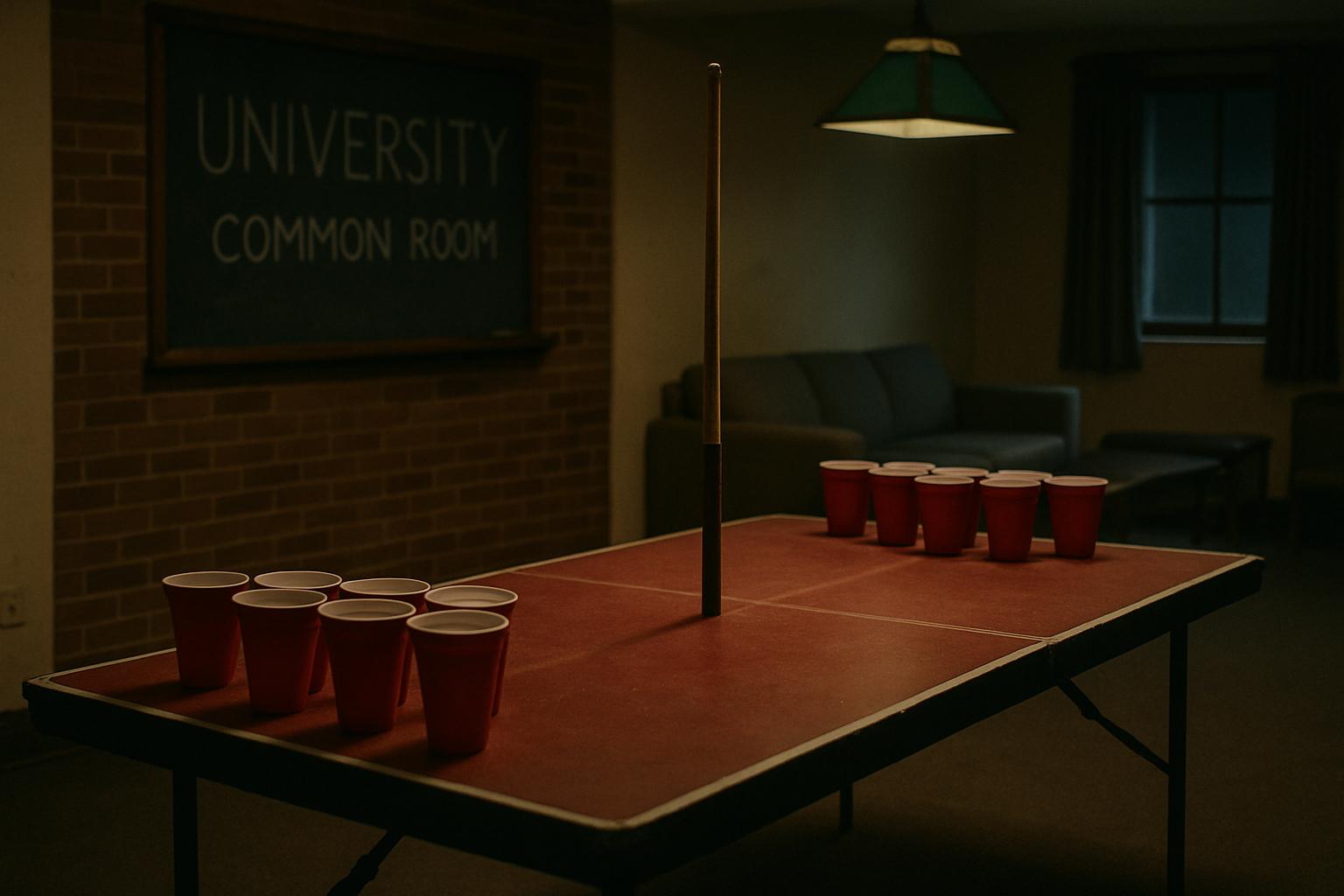Generations at university increasingly display contrasting social habits, especially around drinking and socialising, highlighting a significant cultural shift in student life. The once-ubiquitous Freshers' Week, traditionally known for pub crawls and binge drinking, is being reimagined to fit the preferences of today’s students, particularly those from Generation Z.
A recent Daily Mail article encapsulates this generational clash through a lightly humorous exchange between a Boomer and a Gen Zer about university experiences. The Gen Zer proudly describes attending origami nights, Disney film screenings, and joining a “Hummus Society,” forgoing the binge drinking and late-night pub crawling typical of previous eras. This fresh approach to university socialising reflects broader trends across UK campuses, where student activities have diversified far beyond the stereotypical drinking culture.
Universities themselves are adapting. Many, including Edinburgh, have shifted from calling it Freshers' Week to ‘Welcome Week,’ offering over 180 varied events such as drag queen bingo, ABBA-themed club nights, comedy gigs, and city tours—accommodating diverse interests and acknowledging that a significant share of students are non-drinkers. This rebranding aligns with findings from Drinkaware, which notes that a quarter of university students never binge drink, and universities are increasingly providing alcohol-free activities, including yoga classes and creative workshops, aiming to foster inclusive social environments. These alternatives counteract previous norms where pubs and clubs dominated socialising, often pushing students toward excessive alcohol consumption.
Supporting this shift, research shows that Gen Z students prefer more wholesome and health-conscious socialising. A study commissioned by SharkNinja found that over a third of students enjoy socialising by cooking together, while nearly 60% favour cooking with flatmates as a social activity. This move from public venues to home-based, shared experiences signals a break with prior generations’ practices, where drinks and nights out defined student friendships.
The decline in traditional drinking culture is also impacting the viability of student bars and nightlife venues. Reports reveal that numerous student union bars have closed due to diminished patronage as students consume less alcohol or avoid drinking altogether. For instance, a student bar in Aberdeen reportedly took only £2,000 in four months before closing, underscoring the financial challenges the old model faces. Similar trends have been observed internationally, with bars in the US and Asia being repurposed for activities like studying, painting, and games, reflecting Gen Z’s broader cultural emphasis on multifunctional social spaces where alcohol is an accompaniment, not the focus.
The changing face of student accommodation further complements this trend. Modern university rooms now often come with amenities such as cardio studios, cinemas, and roof terraces, transforming them into multi-purpose hubs for study, relaxation, and social connection—far beyond the sparse, multi-occupant rooms with shared facilities that characterised past decades. For many students, these upgraded living spaces contribute to prioritising self-care and wellness, which extends into their social lives and reduces the appeal of heavy drinking.
However, not all nostalgia for the old days has vanished without debate. Some reflect on their ‘happy place’ in the student union bar and recall how communal drunkenness was integral to the university experience. Yet, many accept that the new wave, embracing wellness, sobriety, and innovative social formats like bubble tea bars and smoothie cafés, is reshaping what it means to be part of a student community today.
Ultimately, this cultural evolution among students signifies a broader societal shift. The once-ubiquitous association of university with heavy alcohol consumption is giving way to a generation that values inclusivity, wellness, and diverse social experiences. This shift places new demands on universities and local businesses, challenging them to adapt while offering students fulfilling and healthier ways to connect.
📌 Reference Map:
- Paragraph 1 – [1], [4]
- Paragraph 2 – [1], [3], [4]
- Paragraph 3 – [2]
- Paragraph 4 – [6], [1]
- Paragraph 5 – [1], [7]
- Paragraph 6 – [1], [5]
- Paragraph 7 – [1], [3]
- Paragraph 8 – [1]
Source: Noah Wire Services
